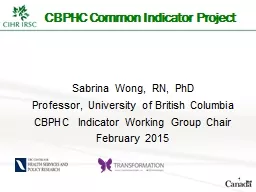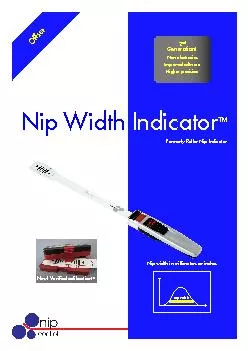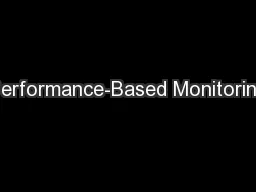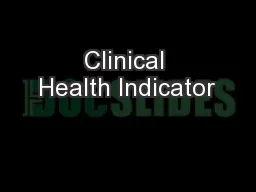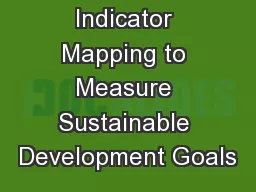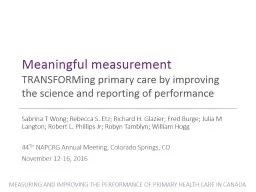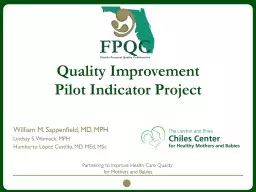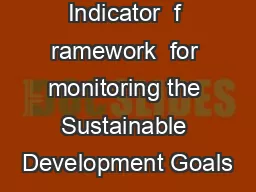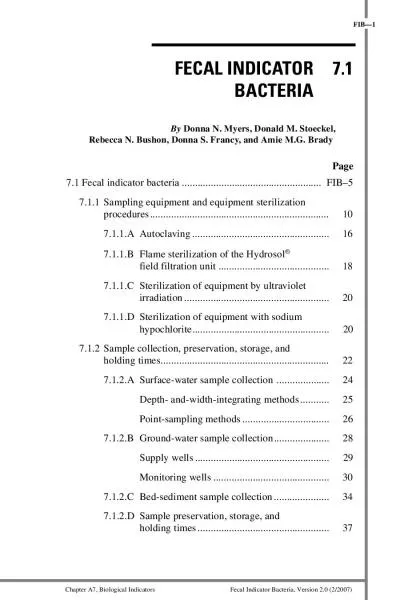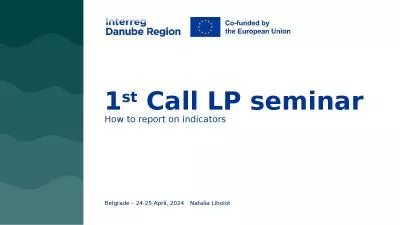PPT-CBPHC Common Indicator Project
Author : phoebe-click | Published Date : 2016-03-06
Sabrina Wong RN PhD Professor University of British Columbia CBPHC Indicator Working Group Chair February 2015 1 Questions being addressed by Indicators Working
Presentation Embed Code
Download Presentation
Download Presentation The PPT/PDF document "CBPHC Common Indicator Project" is the property of its rightful owner. Permission is granted to download and print the materials on this website for personal, non-commercial use only, and to display it on your personal computer provided you do not modify the materials and that you retain all copyright notices contained in the materials. By downloading content from our website, you accept the terms of this agreement.
CBPHC Common Indicator Project: Transcript
Download Rules Of Document
"CBPHC Common Indicator Project"The content belongs to its owner. You may download and print it for personal use, without modification, and keep all copyright notices. By downloading, you agree to these terms.
Related Documents

